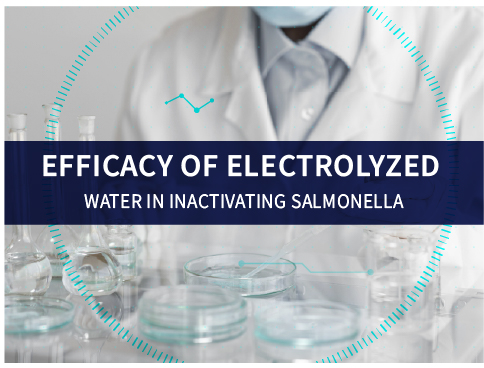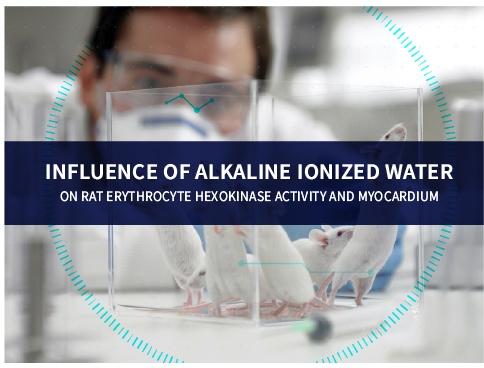
The efficacy of acidic electrolyzed (EO) water produced at three levels of total available chlorine (16, 41, and 77 mg/ liter) and chlorinated water with 45 and 200 mg/ liter of residual chlorine was investigated for inactivating Salmonella Enteritidis and Listeria monocytogenes on shell eggs. An increasing reduction in Listeria population was observed with increasing chlorine concentration from 16 to 77 mg/liter and treatment time from 1 to 5 min, resulting in a maximal reduction of 3.70 log CFU per shell egg compared with a deionized water wash for 5 min.

Alkaline ionized water (AKW) produced by the electrolysis of tap water (TPW) was given to pregnant rats throughout gestation. AKW was subsequently given to infants as a test group until 15 weeks old to determine changes in body and organ weights, erythrocyte hexokinase (HK) activity and histological preparations of myocardiac muscle. The results were compared with thoe for rats given TPW.
